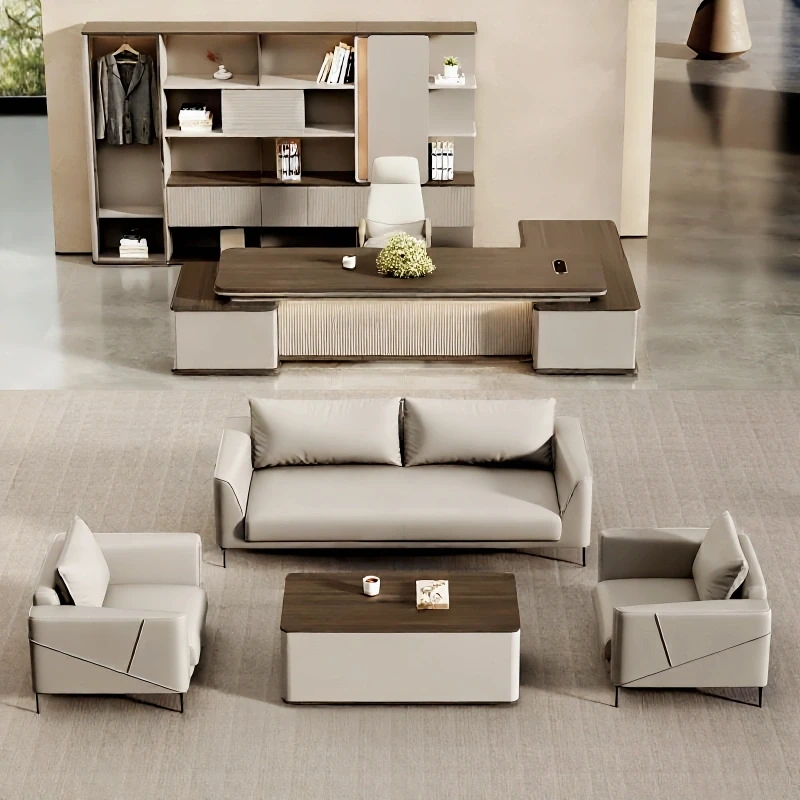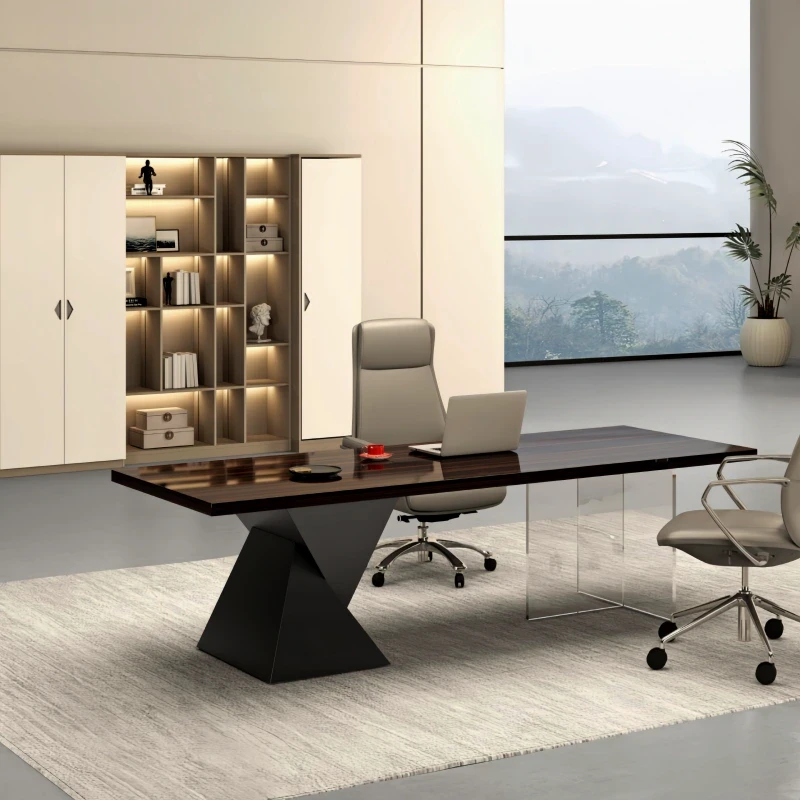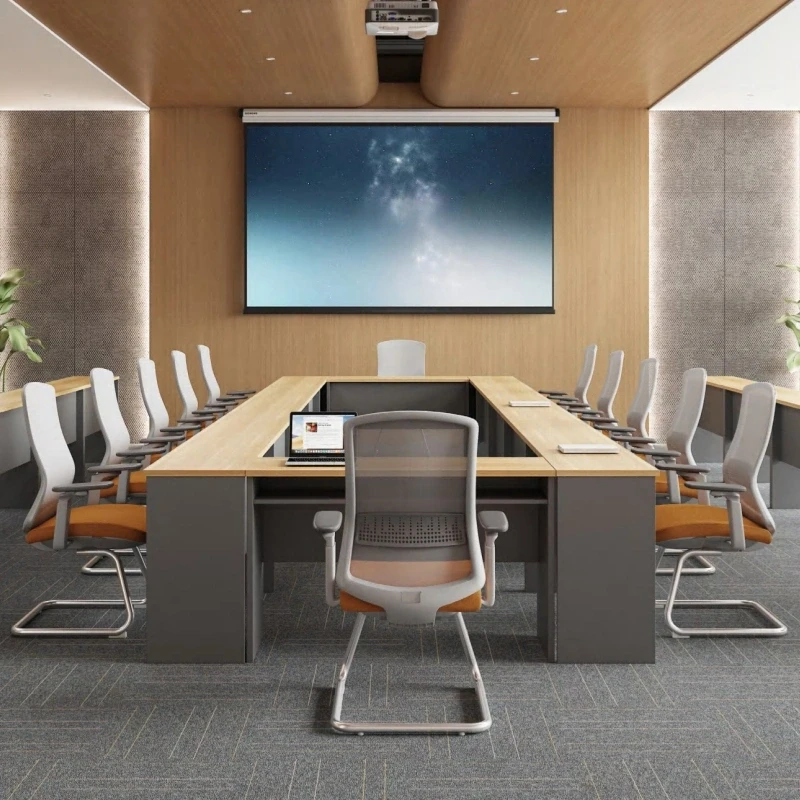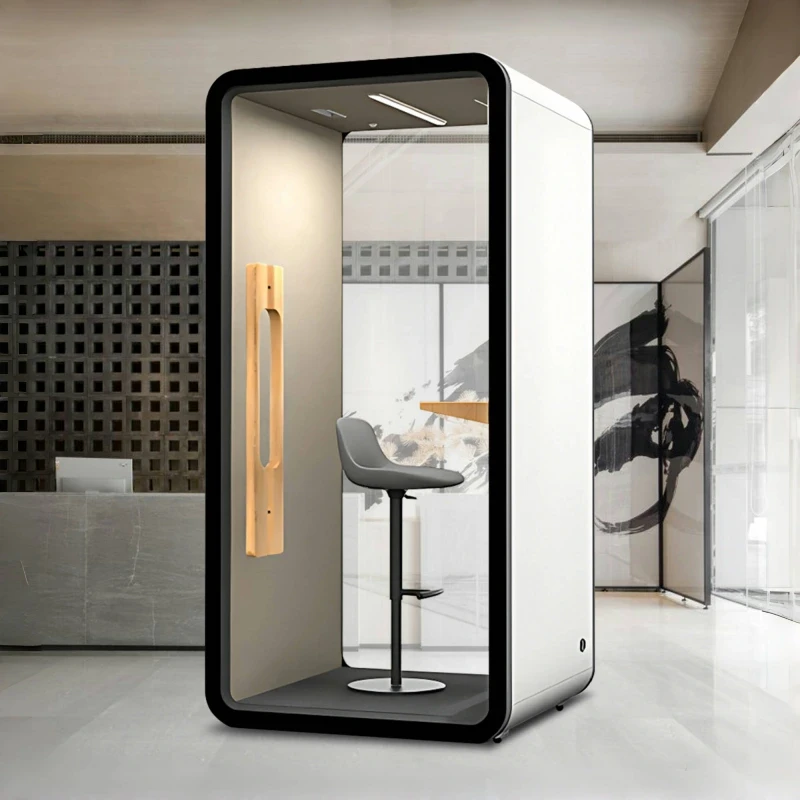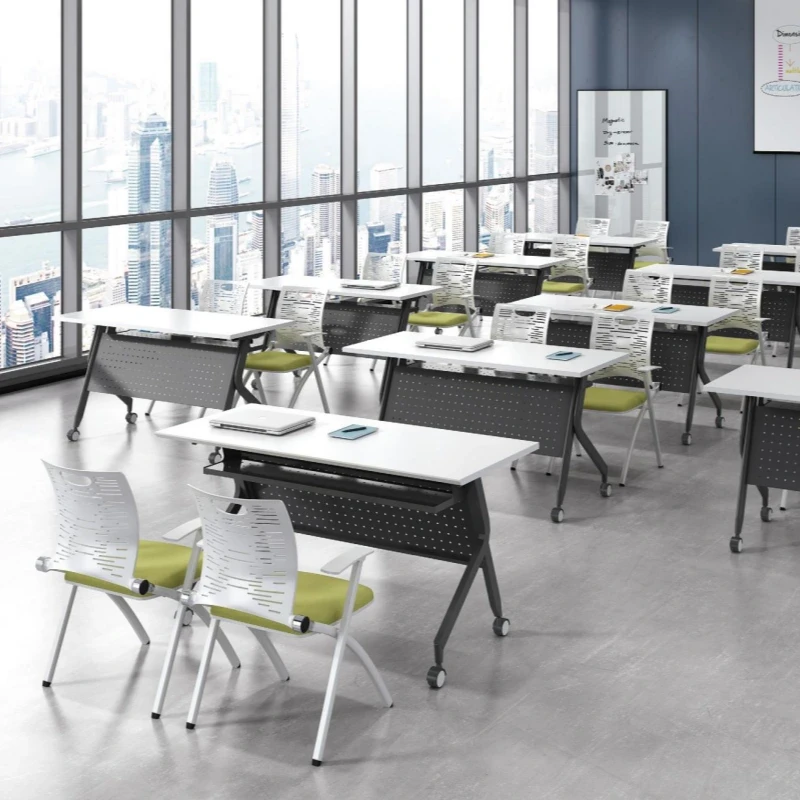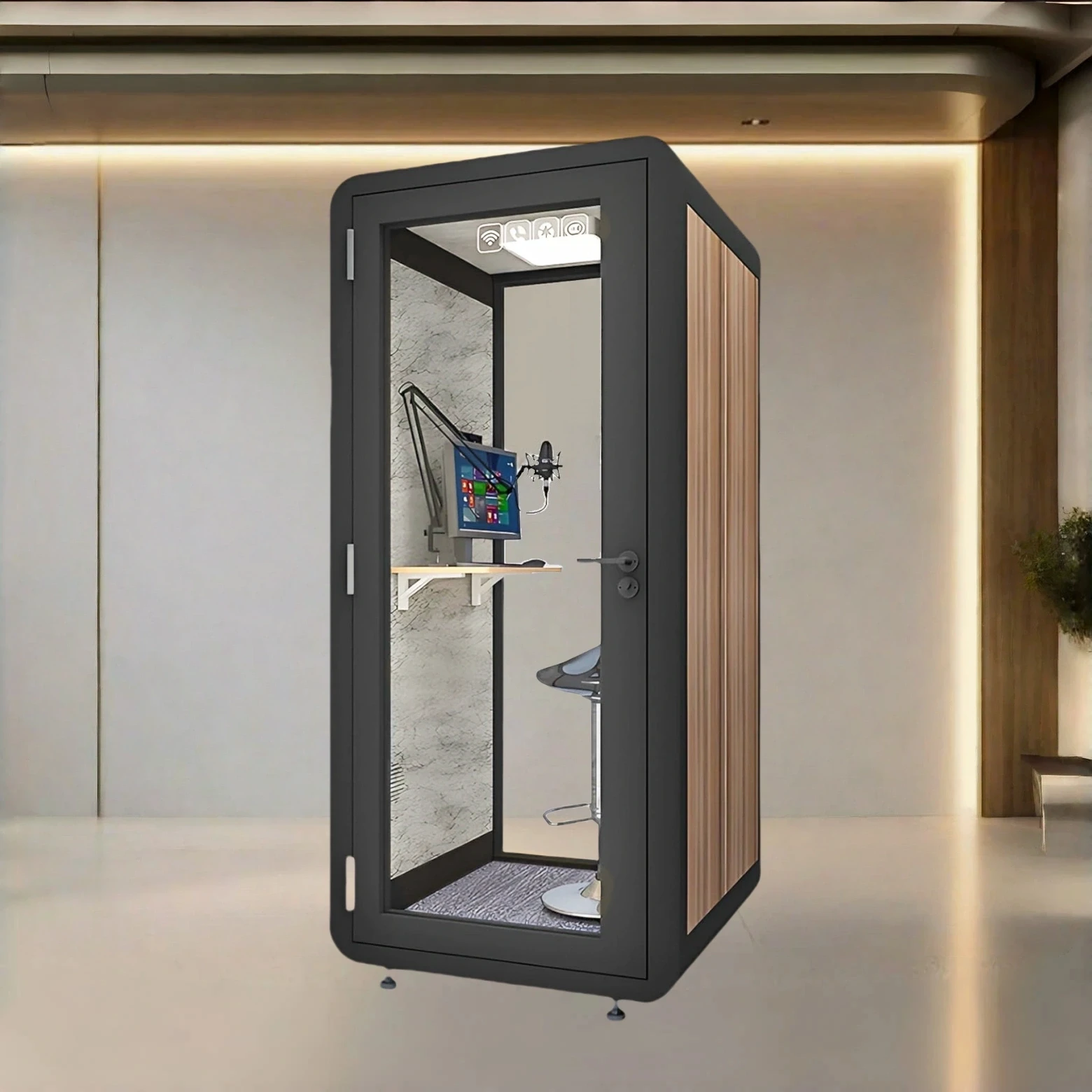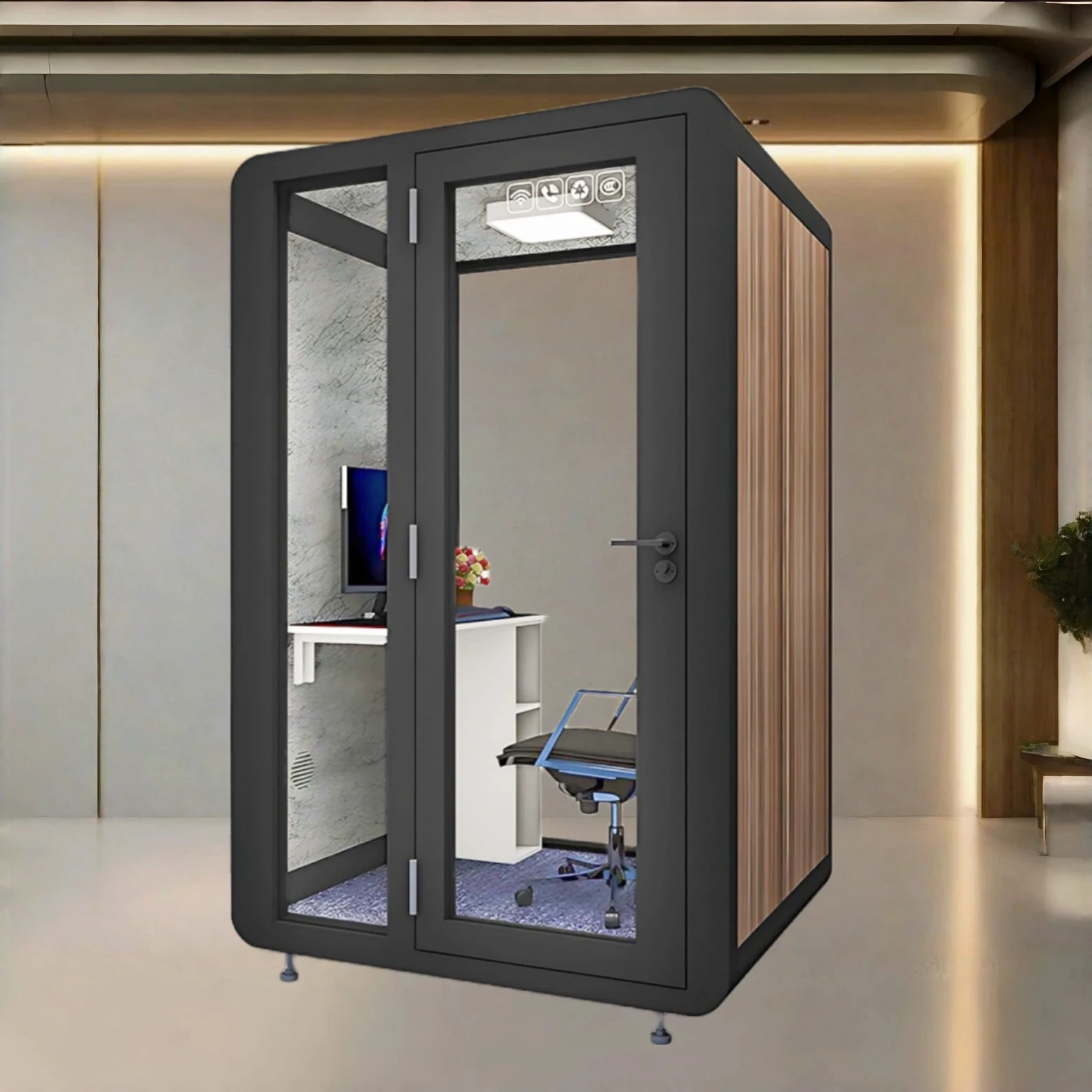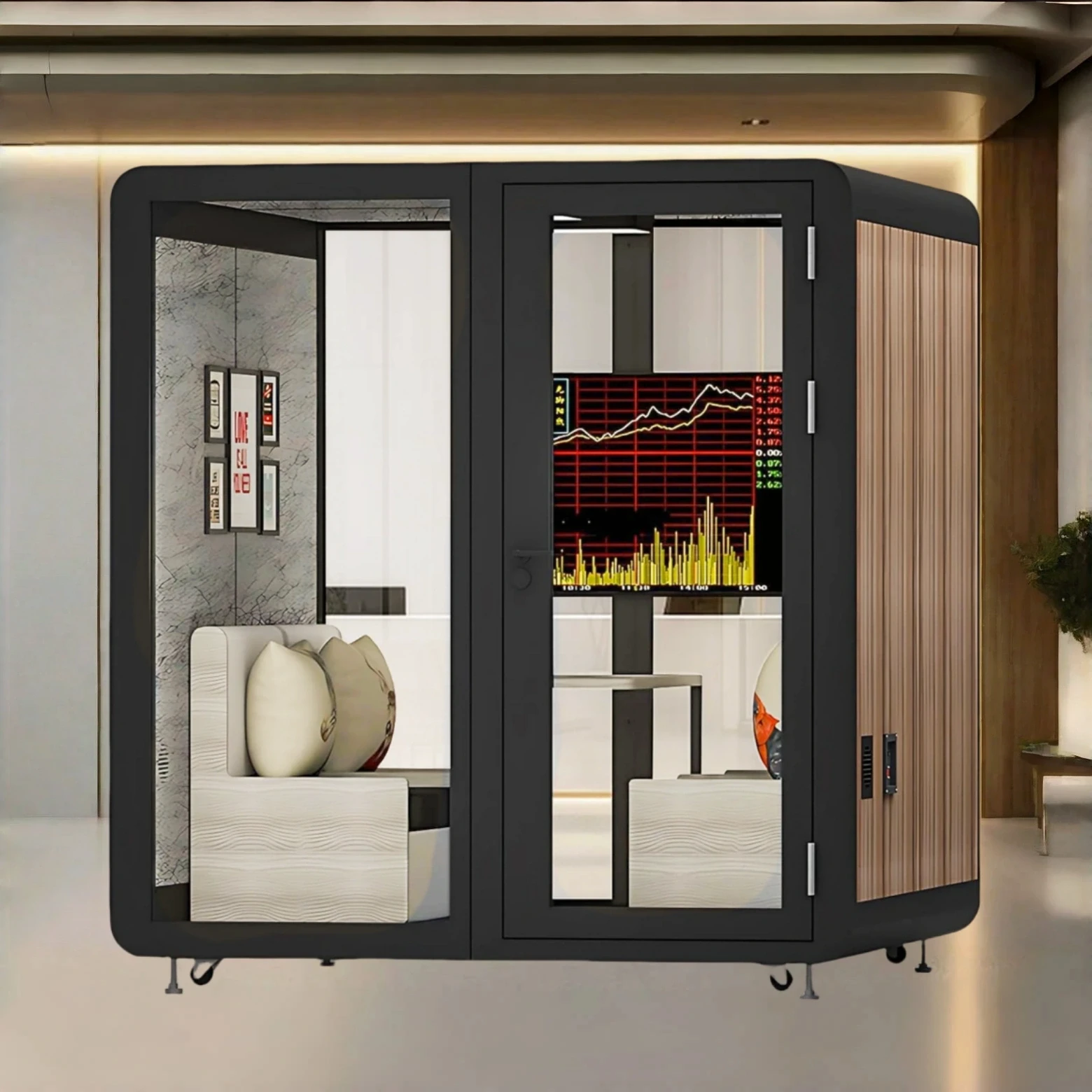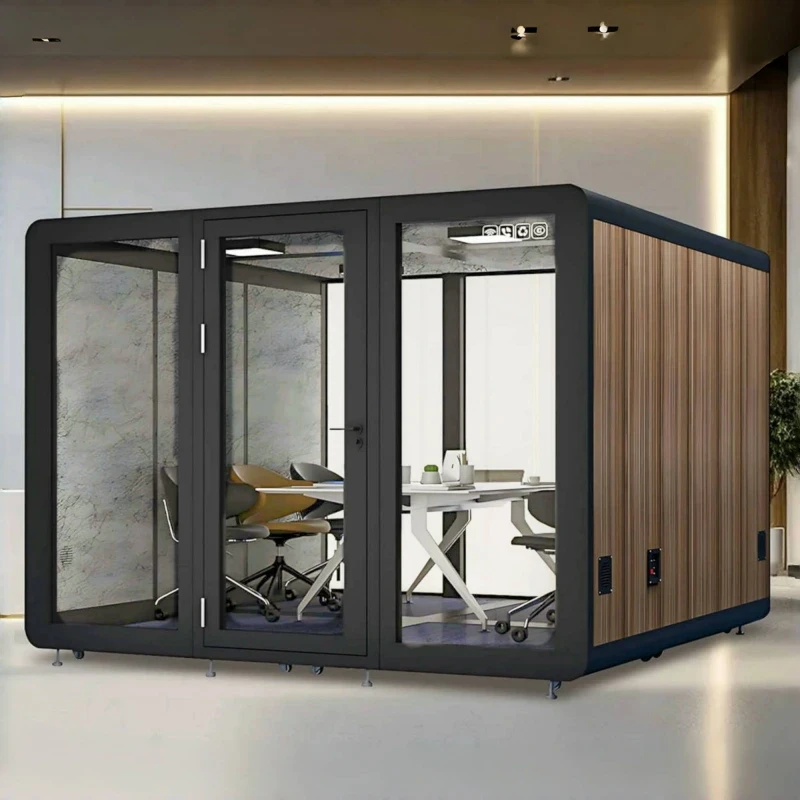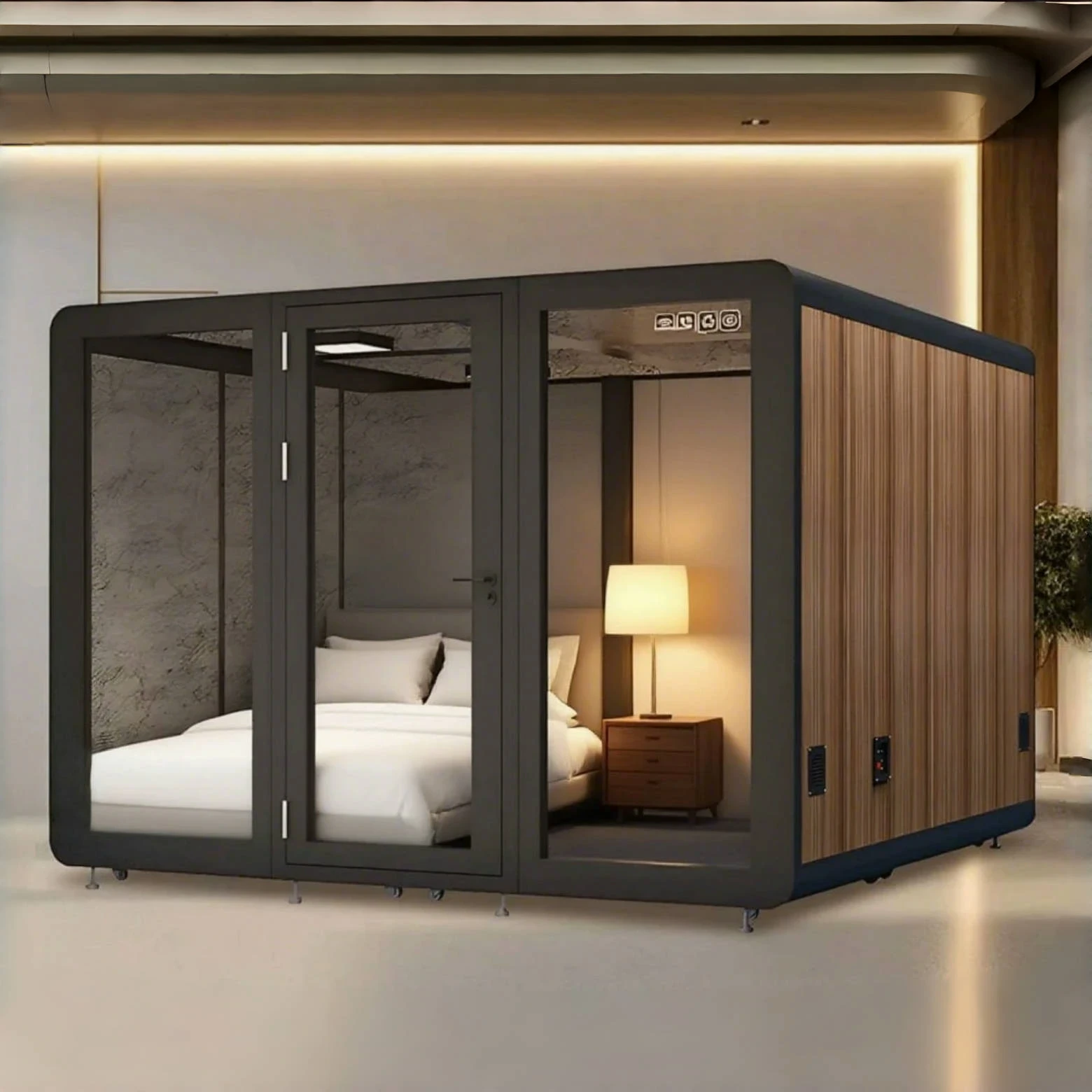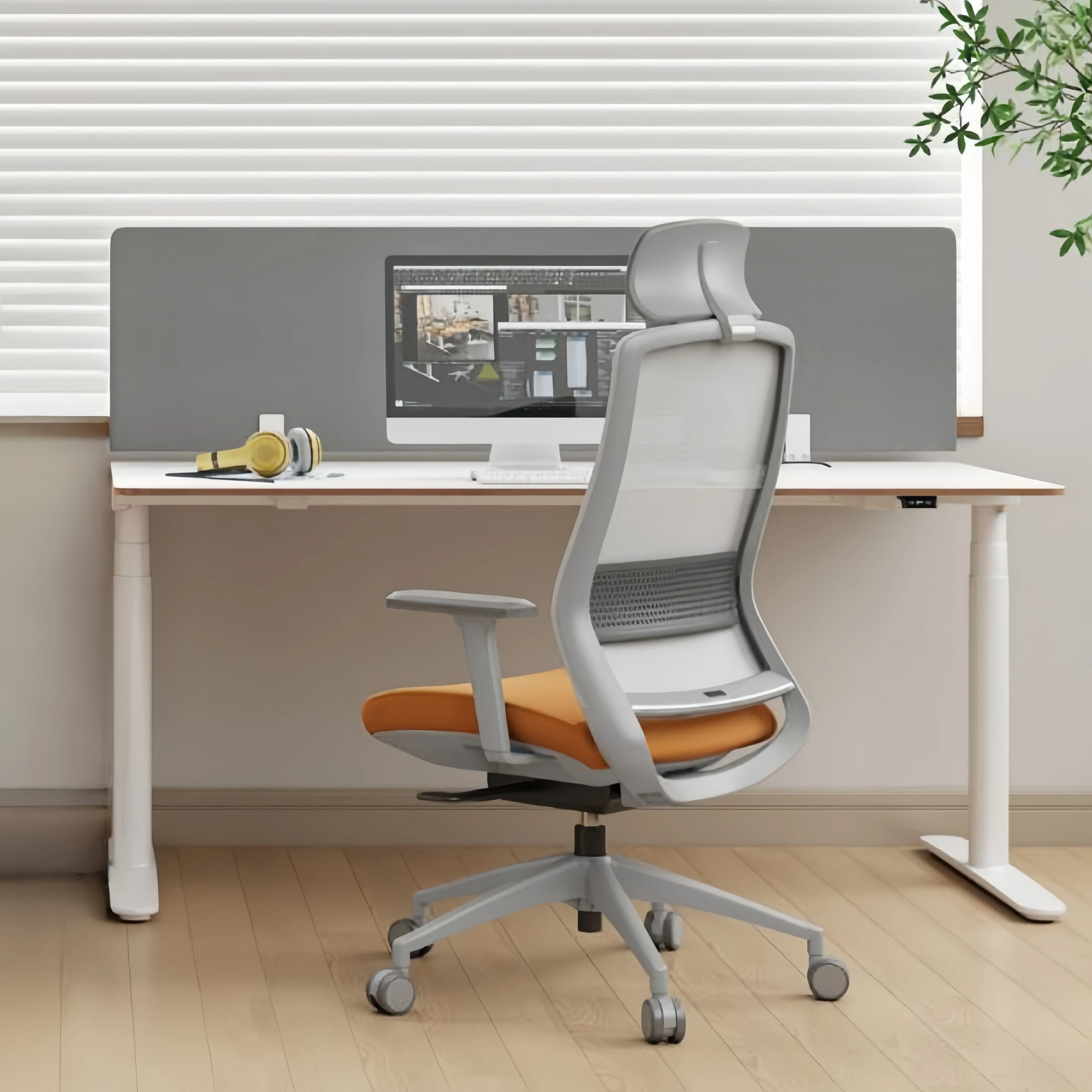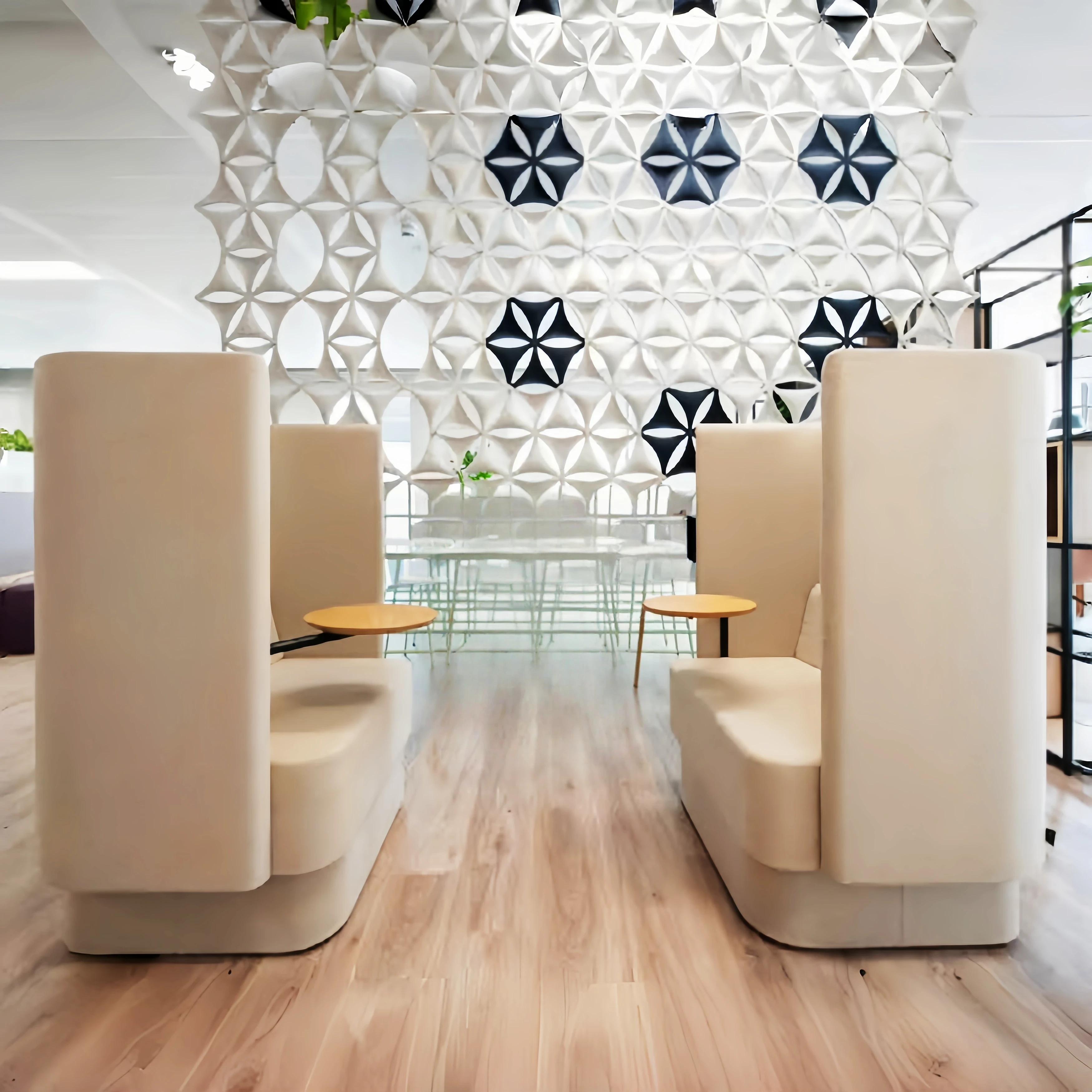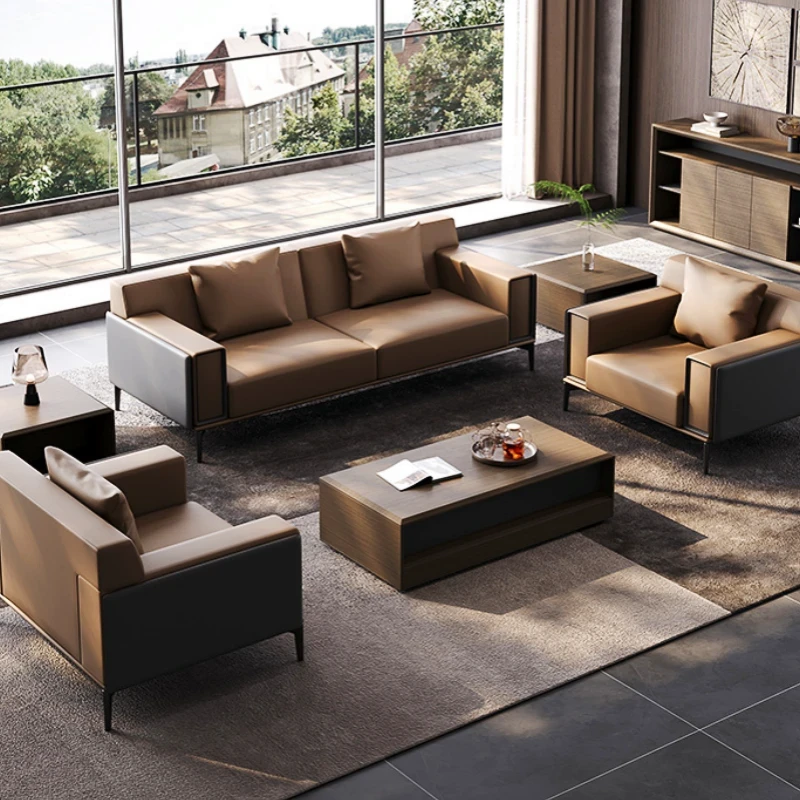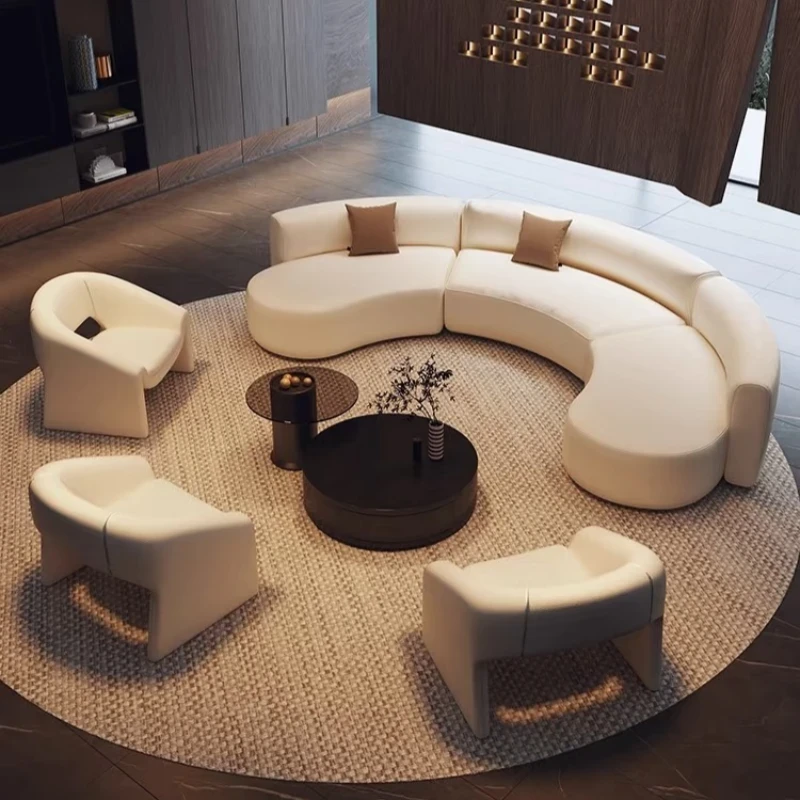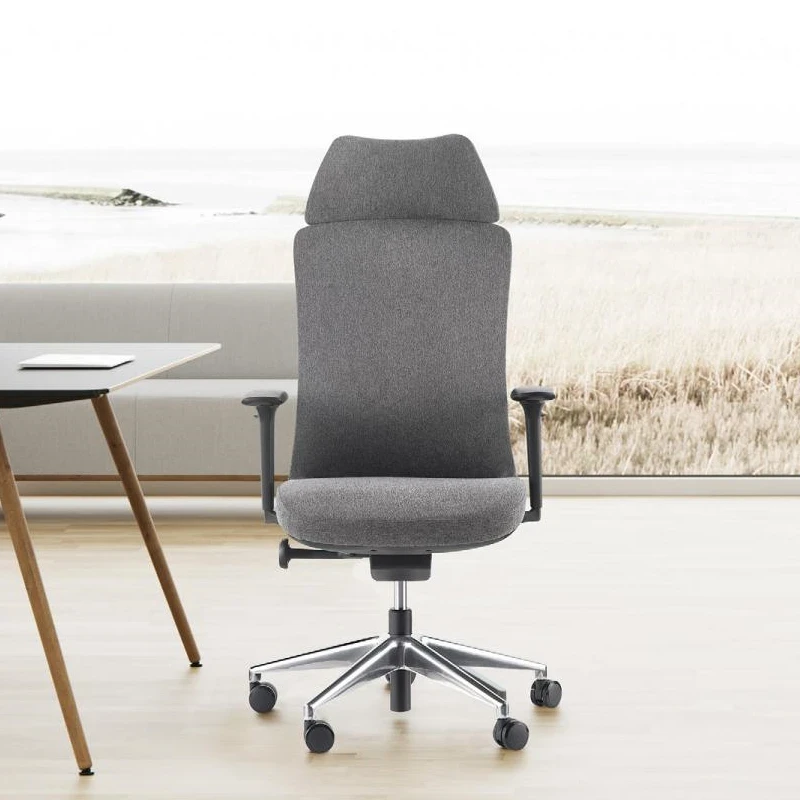With the rapid development of science and technology, human society has entered the Internet Information Age. The rapid advancement of information technology has profoundly impacted human lifestyles and work styles. Many tasks will be replaced by personal computers, the Internet, and mobile phones, transforming the existing office landscape and creating new work styles and spaces. The importance of information transfer in the office will become increasingly prominent in the future, and future office furniture will inevitably develop in a direction that fosters interpersonal interaction. In other words, future office furniture should be designed to facilitate communication. As the importance of information transfer in the office becomes increasingly apparent, future office furniture will develop in a direction that fosters interpersonal interaction. In other words, future office furniture will be designed to facilitate communication. Furthermore, future office furniture will exhibit the following development trends.
1. Mechatronics trend
Future office furniture will break free from the current design constraints. Mechatronic office furniture, designed to meet the needs of information technology, will integrate devices like phones, computers, and printers. This type of furniture will be "embedded," making wiring invisible and convenient for the user. Its design should be sleek and practical. For example, a conceptual piece of office furniture titled "Soft Office," exhibited at the Museum of Modern Art in New York in 2001, combined work and rest functions. This bed, equipped with numerous electromechanical devices, supported the back and provided a comfortable pillow. The legs folded up to reveal a computer screen, allowing users to work while nestled in a blanket, hugging a duck down pillow concealing a keyboard, mouse, and speaker. The designer explained that the most comfortable posture is one that allows for continuous movement and freedom from fixed form.
2. Humanization trend
Future office furniture will fully consider ergonomics, featuring height-adjustable desks, friendly edges, and space for legs and feet to stretch freely. Furniture designed with human factors in mind will make people feel comfortable, leading to better work efficiency. For example, reclining chairs can be used as beds; desks can be raised and lowered, allowing users to adjust their angle and posture. The chair backs, equipped with a new coordination mechanism, can be tilted approximately 45 degrees, allowing the user to approach a reclining position. As the user leans forward, the head and neck support adjusts accordingly. Footrests equipped with wheels allow the user to fully recline.
3. Elasticity trend
Office furniture will be very easy to reconfigure, because partners and organizational forms are constantly changing, personnel turnover is frequent, and the division and combination of space is inevitable. Office furniture and accessories must be able to be freely combined.
4. Simplification trend
Office furniture that is easy to disassemble and assemble does not require too much help from professionals and can effectively reduce maintenance and operating costs.
5. Fashion trend
The styles of office furniture will become more and more fashionable. Like clothing design, the speed of launching new products is accelerating, and various fashion elements will also be reflected in office furniture.
6. Intelligent Trend
The future will be even more considerate and intelligent. For example, if a user maintains a certain sitting posture for a long time, a chair or sofa will prompt and force the user to change their position to relieve fatigue or correct an incorrect working posture. The intelligence of these office furniture comes from sensors and control circuits, as well as microcontrollers and built-in computers, which serve as the brains of these intelligent furniture.

 USD
USD
 GBP
GBP
 EUR
EUR
